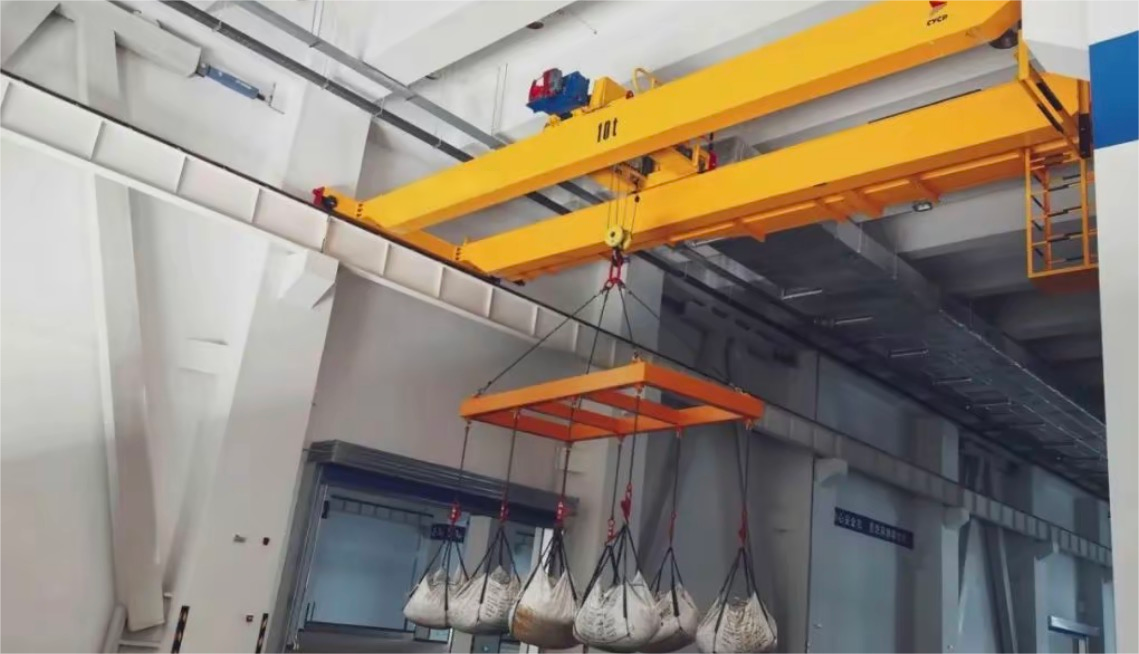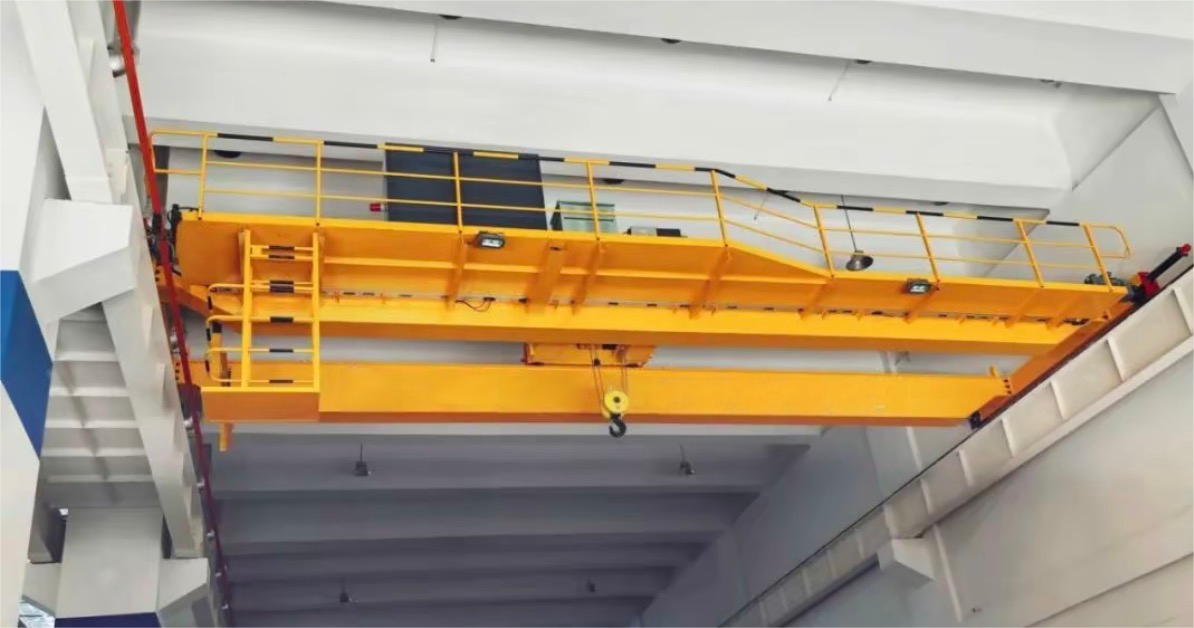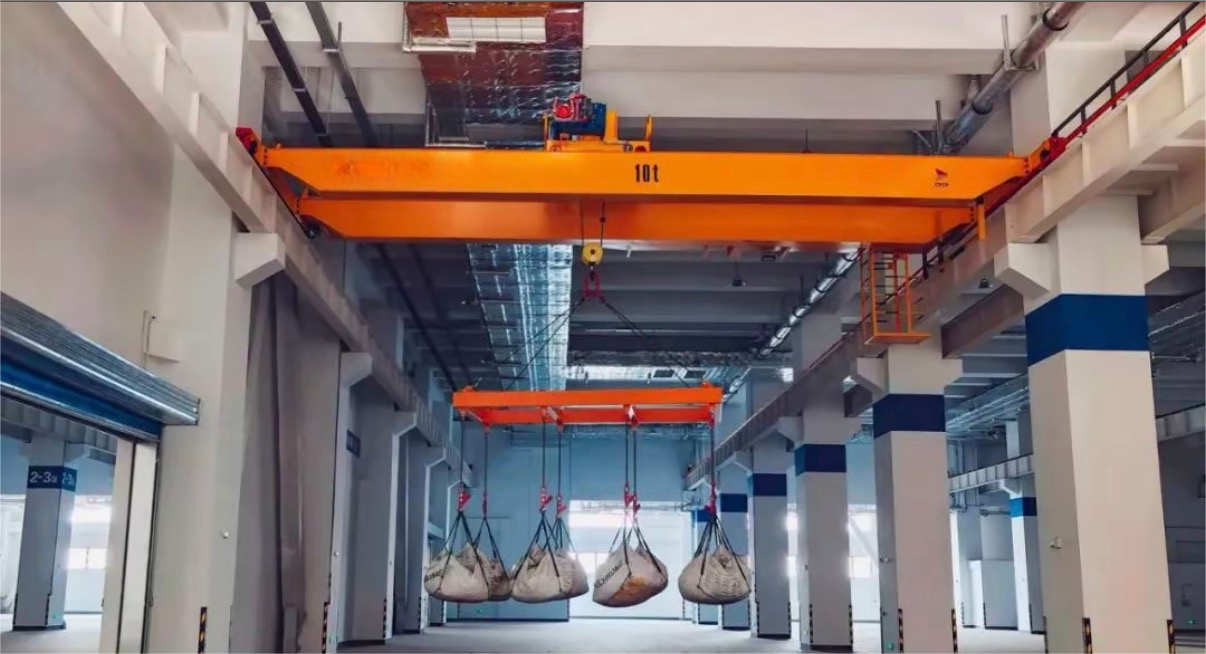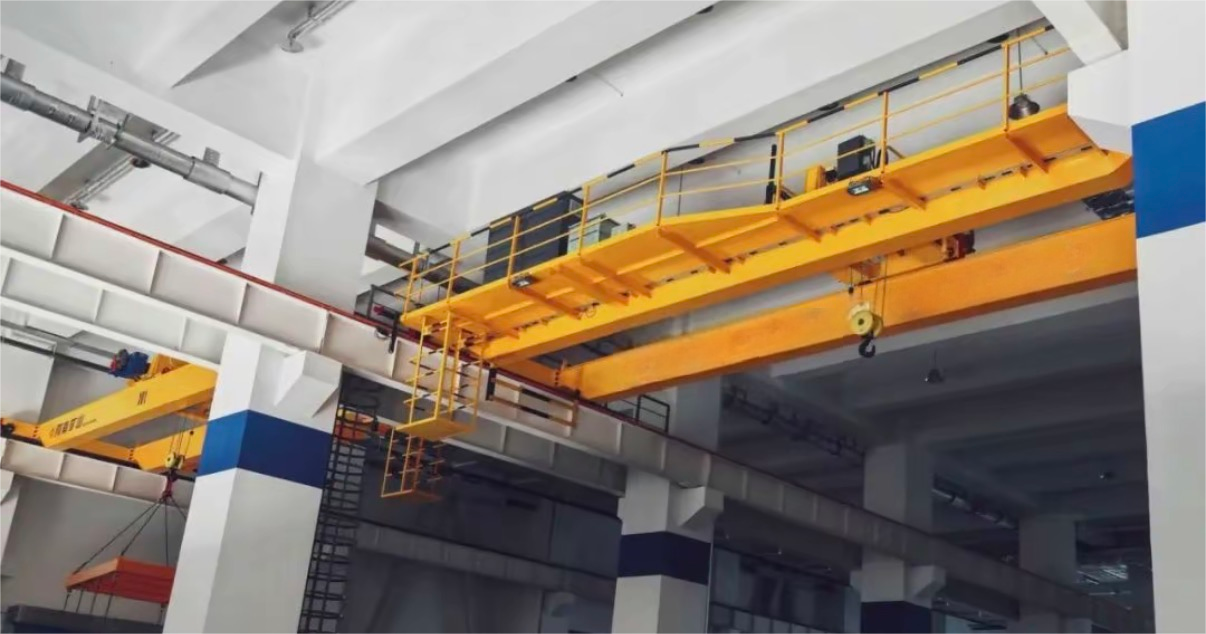2025 Crane Insurance Selection Guide: Essential Coverage and Claim Denial Avoidance Tips
In the construction and heavy lifting industry, the crane represents a major investment and a significant source of operational risk. Securing the correct insurance for your crane is a critical decision. A robust policy protects not just the crane itself, but your entire financial standing. This guide will detail the essential coverages for 2025 and provide vital tips to ensure your claims are paid, with a special focus on operator qualifications and specific policy types.

Part 1: Essential Insurance Types for Your Crane
A comprehensive risk management strategy for your crane should be built on the following three insurance policies:
Mobile Crane Comprehensive Insurance (The Foundation)
This is the basic policy for any mobile crane, covering it like a commercial vehicle. It includes physical damage protection for the crane and, most importantly, third-party liability coverage. Given the potential severity of accidents involving a crane, high liability limits are non-negotiable.
Equipment All Risks Insurance (The Core Protection)
For a high-value asset like a crane, Equipment All Risks Insurance is the cornerstone of your coverage. This policy is designed to cover the crane against physical loss or damage from a wide range of causes, including natural disasters and accidental damage. When you invest in a crane, securing Equipment All Risks Insurance is the most direct way to safeguard that capital.
Erection All Risks Insurance (The Operational Safeguard)
The specialized use of a crane in lifting and installation work presents unique risks. Erection All Risks Insurance is crucial here, covering damage to the crane during these complex operations, as well as damage to the load and other property. It works in tandem with Equipment All Risks Insurance to provide a seamless safety net from total loss to specific job-site hazards.

Part 2: Avoiding Claim Denials – Key Steps for Policyholders
Simply having insurance isn't enough. Understanding and avoiding common exclusions is critical:
Verify Operator Qualifications Meticulously
The single most important factor in both safety and claims is operator qualifications. Insurers will rigorously investigate the credentials of the crane operator following any incident. Unapproved or inadequate operator qualifications are a primary reason for claim denial. Maintaining meticulous records and ensuring all operator qualifications are current and valid is your first line of defense.
Prevent "Faulty Operation" Through Systematic Maintenance
Claims can be denied if the crane shows defects in critical parts like hooks, wire ropes, or brakes. Insurers inspect maintenance logs closely. Complete and professional service records prove proper care and help avoid disputes.
Adhering to Safe Operating Procedures
Operating a crane outside of manufacturer specifications—for instance, in high winds or on unstable ground—can lead to a denied claim. The terms of your crane insurance policy explicitly exclude such scenarios.
Accurate Disclosure and the Crane Insurance Contract
When applying for crane insurance, full and honest disclosure about the equipment's history and intended use is mandatory. Misrepresentation can invalidate your policy from the start.

Conclusion
Securing the right insurance for your crane requires a strategic approach. A robust program combining Mobile Crane Comprehensive Insurance, Equipment All Risks Insurance, and Erection All Risks Insurance provides all-round protection. Equally important is proactive risk management: strict verification of operator qualifications, disciplined maintenance, and honest disclosure. By integrating sound insurance with diligent practices, you can protect your crane and your business through 2025 and beyond.


